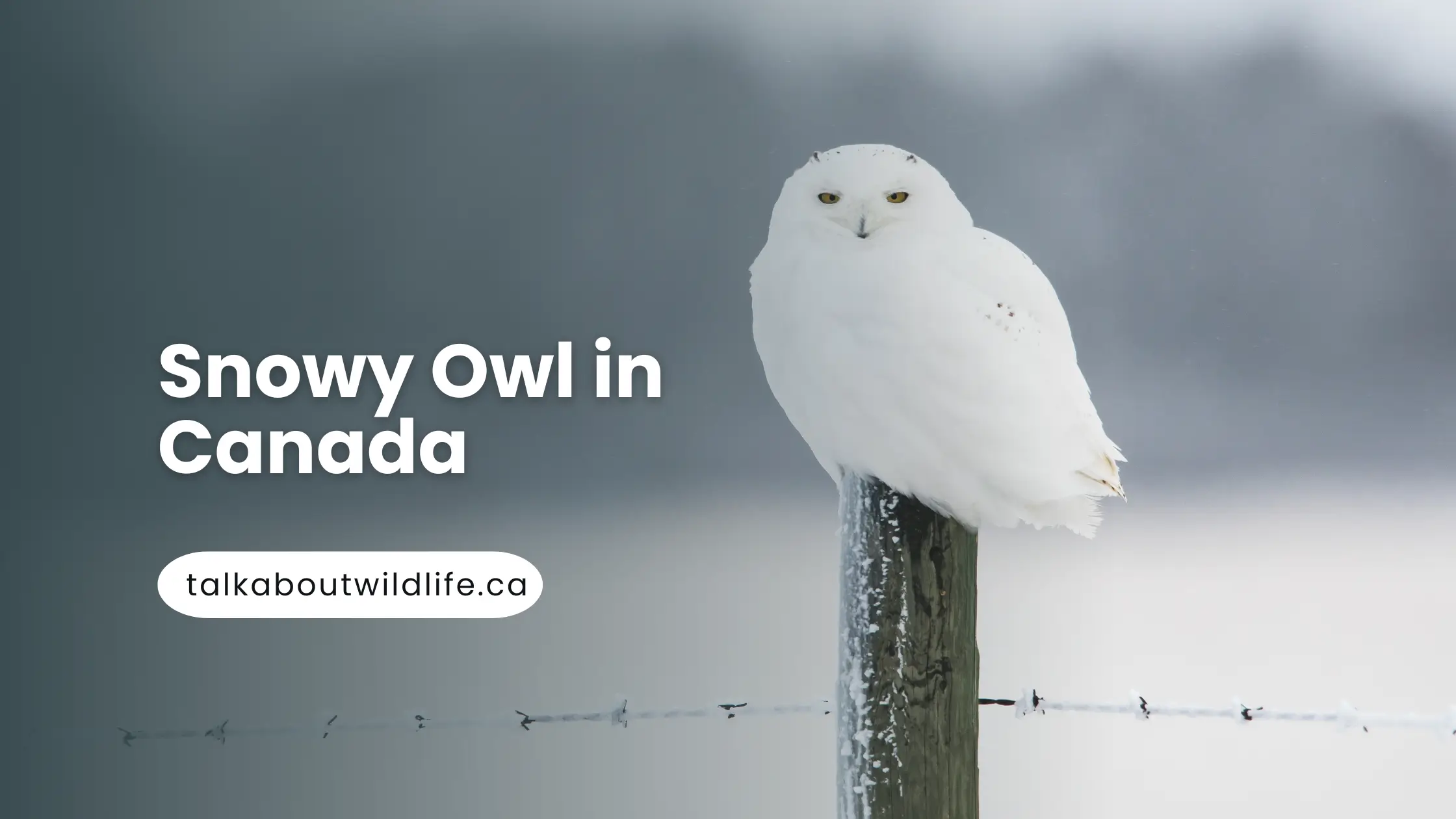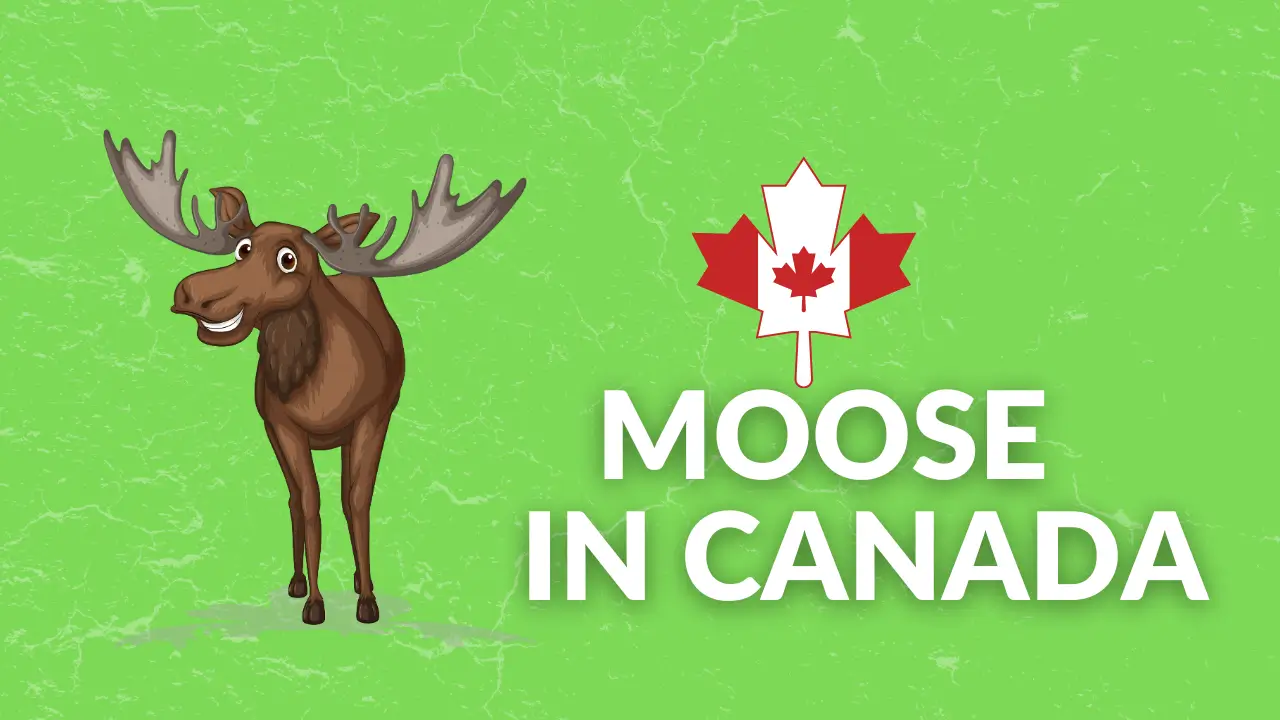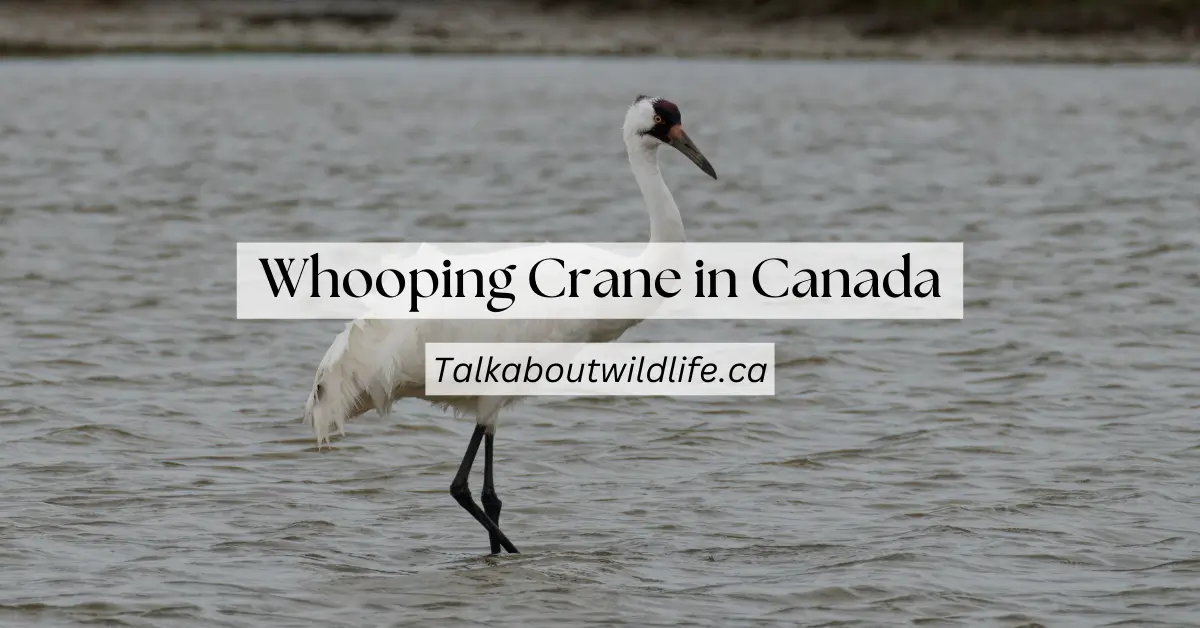The Snowy Owl is a big white bird with bright yellow eyes. It lives in very cold places up north. It is famous for its pretty white feathers. These owls hunt mostly at night and eat small animals like mice. They fly very well and can go far. They are often seen sitting on the ground or low things, looking just like the snow around them.
The Snowy Owl is a pretty bird and is quite frequently seen in Canada during winter. These owls usually live in the cold Arctic, but they fly south to warmer places like southern Canada when it gets too cold. If you see a Snowy Owl in Canada then it’s a special moment you’ll never forget.
Physical Characteristics and Features
These eye-catching birds have some attractive physical features that grab the attention of visitors and these are;
| Features | Relevant Information |
| Scientific Name | Bubo scandiacus |
| Life Span | About 10 to 12 years but can live up to 30 years |
| Diet | Lemmings, Ground Squirrels, Voles, Hares, Rabbits, Songbirds, Geese and Fishes |
| Wingspan | 1.2 to 1.5 meters on average |
| Average Weight | In range of 1.6 to 3 kg
Females weigh about 2.3 kg. Males weigh about 1.8 kg. |
| Other Names | Polar owl, White Owl, and Arctic Owl |
| Habitat | Heightened peaks in nests, Prairies, Marshes, Open fields and Shorelines, |
| Status of specie | Not Endangered |
Fascinating Facts About Snowy Owls in Canada
Following are some interesting and catchy facts about these adorable birds that force visitors to click;
1. Arctic Resident
Snowy owls are year-round residents of the Canadian Arctic and specifically inhabit the northern territories.
2. Southern Migration
During winter, some Snowy owls migrate south into southern Canada following the seasonal shift.
3. Provincial Bird
This beautiful bird was recognized in 1987 as an official provincial bird of Quebec.
4. Diurnal Hunter
Unlike most owls, snowy owls are active during the day, especially in the continuous daylight of Arctic summers.
5. Primary Prey
Lemmings form the bulk of the Snowy owl’s diet in Canada which influences their breeding success and migration patterns.
6. Silent Flight
Snowy owls have specialized feathers that allow nearly silent flight, aiding in hunting over Canadian tundra.
7. Camouflage Coloration
Their white body color provides excellent camouflage in snowy Canadian landscapes.
8. Nesting Habits
The residence is constructed on the ground in slight depressions on peak heights present in the Arctic regions.
9. Climate Change Impact
The rising temperature of the Canadian Arctic affects their number and the prey availability.
10. Cultural Significance
Snowy owls hold important cultural significance for many Indigenous peoples in Canada.
11. Excellent Vision
Their eyes are adapted for both day and night vision and this thing is favorable for hunting in varied Canadian light conditions.
12. Airport Attraction
Snowy owls are sometimes found at Canadian airports, which resemble their tundra habitat.
Best Places to See Snowy Owl in Canada
Following are some of the best places to see these majestic birds in the Canadian territory;
| Direction of the Country | Places Where Snowy Owls are Found |
| Northern Territory | Nunavut, Northwest Territory, and Yukon |
| Eastern Territory | Nova Scotia, Quebec, Newfoundland and Labrador |
| Central Territory | Manitoba, Ontario, and Saskatchewan |
| Western Territory | Alberta |
Some Specific Locations to See Snowy Owl
Below mentioned are some specific places to capture the sight of these snowy owls;
- Canadian Arctic Archipelago
- Hudson Bay Lowlands
- St. Lawrence River Valley
- Great Lakes Region
Best Time and Month to See Snowy Owls in Canada
They are winter travelers and the best time to see them is usually during the winter when they take flights;
| Season | Months for Sightseeing |
| Late Winter to Spring | February to March |
| Winters | December to January |








